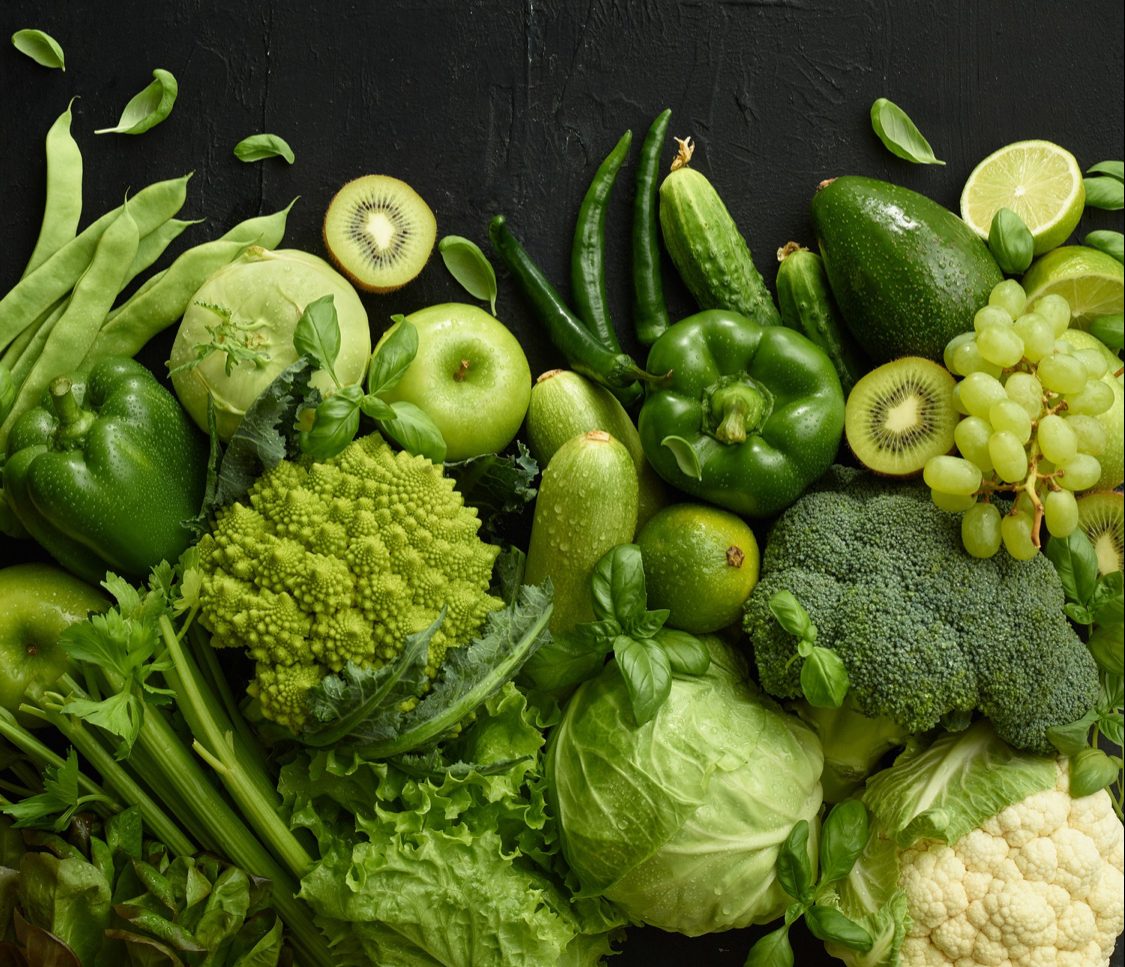Most of us are guilty of preferring to buy shiny, colorful fruits and vegetables when grocery shopping, and honestly, who wouldn’t? As consumers, we want the crisp, delightful flavor of freshly picked fruits while also wanting the whole process to be convenient by acquiring the goods at any time of the year from our local grocery stores. Their clean, shiny appeal draws us to place them in our shopping carts, but is all that glitters truly gold? How much do we really know about the glossy layer most of us unsuspectingly consume? And what role does visual pleasure play in the appetites of consumers?
What is the purpose of the artificial wax coating?

Artificial wax coating that makes fruits and vegetables appear glossy is applied to improve their appearance, texture and increase their shelf life. This is also believed to help retain the moisture in fruits and vegetables, and retard spoilage and shrinkage. This practice has become quite common to enhance post-harvest consumer appeal. Fruits and vegetables have a natural wax layer that helps them retain 80-95 percent of their moisture. However, because these fruits and vegetables are carefully washed for packaging purposes, the natural wax layer wears off and must be supplemented with artificial wax to avoid water loss. Therefore, artificial waxing on fruits and vegetables merges food presentation with food preservation, and helps bridge the gap between the fantasy and reality of food.
Materials used in Edible Coatings

CC BY-SA 3.0
The natural wax in fruits is removed, usually by washing and then coated with a biological or petroleum derived wax. Lipids, resins, polysaccharides, proteins, and synthetic polymers are some of the components that are formulated to make edible coatings. Coatings also contain surfactants, antifoaming agents, and emulsifiers.
Shellac is a common polishing agent used in wood finish. It is made from the secretions of the lac insect, a tiny scale insect, Laccifer lacca. In its edible form, it can be identified as confectioners glaze on pharmaceutical pills. fruit, coffee beans, chewing gum, and candy.
Natural waxes include carnauba, candelilla, and rice bran waxes; beeswax is also a natural product; while petroleum-based waxes include paraffin and polyethylene wax.
Food Safety and Standard Regulations

Fruits that have been waxed with food-grade wax are generally safe to consume. Despite the fact that these substances are not known to be harmful to human health, there is a rising concern among consumers that they should be aware of what has been applied as coating. As per the Food Safety and Standard Regulations, natural waxes that contain ester group such as beeswax, carnauba wax and candelilla wax are the only ones permitted on fruits and vegetables. The procedure of FTIR Spectroscopy helps determine the safety levels of different wax samples where they are passed through a FTIR Spectrometer to determine the presence of Ester Group in natural waxes which is the only type approved for consumption.
What do health specialists have to say about it?

The process of waxing has caught a lot of attention and has been a topic of debate, especially in the medical community. The permitted waxes are usually natural waxes obtained from insects, for example, beeswax and shellac or from plants, for instance, sugar cane, resins, candelilla and carnauba. However, there are certain types of waxes that can prove to be fatal when consumed. Experts say that wax coating that contains morpholine can cause liver or kidney dysfunction and has a tendency to form carcinogenic nitroso compounds. The consumption of non-permitted wax can also cause abdominal pain, nausea and vomiting.
It is important to understand that waxes are indigestible by humans. We lack the ability to break down waxes and absorb their elements. Waxes travel through our digestive system without being broken down. Therefore, if the usage of wax is subject to strict quality control, there is no need for worry when the fruits and vegetables we consume are wax coated.
What can consumers do about this?
Since the wax coating on fruits and vegetables is formulated to be water –repellent and won’t wash off easily, the question arises- What do consumers who don’t want the wax do about it? While it’s always a good idea to rinse the fruits and vegetables before consumption, peeling them is always a good way to avoid consuming the wax. Besides this, one can always buy unwaxed produce at organic or farmer’s markets. Or, similar to the first woman Eve’s dietary habits, find or even make a garden to pick fresh produce from.
 Food Manifest
Food Manifest 



















Leave a Comment
Your email address will not be published. Required fields are marked with *